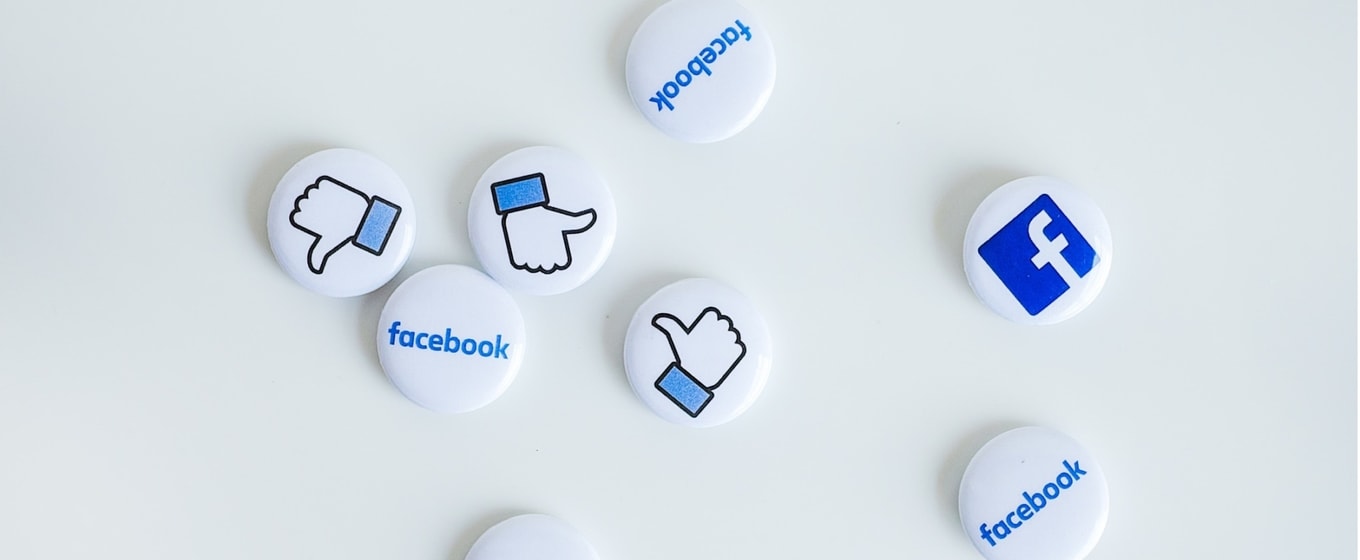Coming from a background of working with businesses with a limited social media budget, I thought I should probably take a look at the reasons why so many companies don't have a specific social media budget - or even an overall marketing budget. Just how can these they still market effectively in the digital space, without tugging at the purse strings every day?
It's a dilemma that plagues many a marketing manager of small businesses - where to allocate their often very limited budget. Spreading it across all channels could limit your success, but ploughing it all into one is incredibly risky.
Social Media is often one of the first channels under the microscope, because for most businesses it's a brand awareness channel and not a revenue-generating channel. This makes it difficult to measure ROI.
As someone who works with social media on a daily basis, my natural instinct is to advise small businesses not to forget about social. And even if it's small, allocate SOME budget towards it. Of course, it's your decision whether social is a channel worth investing in - it comes down the nature of your business, your sector and your marketing strategy.
So if, like so many other small business owners, you've decided that it's not worth a dedicated budget, here are some tips on how you can still make it work for you without spending a small fortune.
- Get Your Design Head on: One of the most common and obvious characteristics of social media networks is that they are incredibly visual. You could put a link out to the best blog post ever, but if you've promoted it with an irrelevant or poorly designed image, you're severely limiting the traffic you'll get. It's common sense: people are less likely to click on something that doesn't draw their eye.
Large companies will have a team of designers beavering away, making images eye-catching, engaging and brand-consistent. But, just because you're a small business, doesn't mean you can't design like a pro. If splashing out hundreds of pounds for an Adobe Creative Suite license would push your small budget a bit too far, then you could look at free/ cheap alternatives.
For basic image editing, you can't really go wrong with Pixlr Editor. It's effectively a carbon copy of Photoshop, but free and online. With a surprising depth of features and the ability to save to multiple formats it could prove to be quite handy to those on a severely stretched budget. If you're not the most design-focused individual, or just don't have the time to spend on designing loads of social images, Canva could be a great resource. With thousands of templates to choose from, and mostly seamless drag and drop functionality, it could mean your social media images are transformed in seconds.
- Stock Images: Whilst we're talking about design, the actual images you use are paramount. They convey a message in a way a paragraph of writing couldn't. If you find yourself stuck looking for images, there are lots of options out there - and we're not talking about the awful looking stock photos of a group of impossibly good-looking people, gathered round a table chuckling. Make sure to check out our personal favourites Stocksnap, Unsplash and Stokpic. There's also a seemingly unlimited vault of images available under Creative Commons License. Just be sure to check the license terms of Creative Commons Images to avoid any repercussions. Some copyright owners only allow for editorial use (your blog, for example) and not commercial uses (adverts, promotional material, etc).
- Get Scheduling: Services like Hootsuite and Buffer exist to make your social media life easier. A common complaint amongst marketers is the time it takes to source good content, optimise the post itself and schedule it at the right time for best impact. You can see this on many Twitter or Facebook pages of small businesses - days, sometimes week-long gaps between posts. Not good. Both these services take out a lot of the leg work by suggesting content based on keywords you provide, and helping you form them into great posts depending on what social network you choose. Also, you get to see all of your scheduled posts and when they are going out, and you get to monitor their results. What's best is that they both cost very little: plans start from $11 and $50 per month respectively.
- Go Mobile: Almost all social media platforms, by their very nature, are optimised into a mobile app. The statistics below show the number of social media app users in the UK. If you look at those figures and still don't think your mobile presence should be optimised then I can't convince you otherwise. But if, like me, you look at them and realise it's a good idea to do it, then make sure that your images and posts work well on mobile. It's really not that big a job. It's something that you can do whilst scheduling every post. It will, however have a big impact on your presence to mobile users.
- Use Sharing Buttons in Emails: If you send emails out on a regular basis, make sure to add buttons to the footer of all your emails. These can either be to allow the user to share the email to their friends on social media or a link through to your profile on each platform. Either way, you're getting engagement effectively for free.






These cookies are set by a range of social media services that we have added to the site to enable you to share our content with your friends and networks. They are capable of tracking your browser across other sites and building up a profile of your interests. This may impact the content and messages you see on other websites you visit.
If you do not allow these cookies you may not be able to use or see these sharing tools.